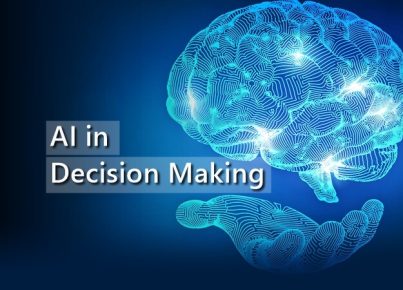Immersive technologies are making significant inroads in healthcare, revolutionizing both patient care and medical training. Virtual Reality (VR), Augmented Reality (AR), and Mixed Reality (MR) are being employed in various medical applications, from surgical planning to pain management and mental health treatment.
In surgical applications, VR and AR are enhancing precision and planning. Surgeons can use VR to rehearse complex procedures on patient-specific 3D models created from CT or MRI scans. During surgery, AR overlays can provide real-time guidance, displaying critical information like the location of blood vessels or tumor margins directly in the surgeon’s field of view.
Medical training has been transformed by immersive technologies. Medical students can practice procedures in VR environments that simulate real-world scenarios without risking patient safety. These simulations can be repeated as often as needed, allowing students to gain confidence and proficiency before working with actual patients.
Mental health treatment is another area benefiting from VR technology. Exposure therapy for phobias and PTSD can be conducted in controlled virtual environments, allowing patients to confront their fears in a safe setting. VR is also being used in pain management, providing distraction therapy for patients undergoing painful procedures or suffering from chronic pain.
Rehabilitation is leveraging VR to create engaging exercises for patients recovering from strokes or injuries. These gamified therapies can increase patient motivation and adherence to treatment plans. AR is being used to guide patients through physical therapy exercises at home, ensuring proper form and tracking progress.
Telemedicine is being enhanced by immersive technologies. VR consultations can provide a more personal and immersive experience than traditional video calls. AR applications are allowing remote specialists to guide local healthcare providers through procedures, expanding access to specialized care in remote areas.
For patients with conditions like autism or Alzheimer’s, VR environments are being used to practice social skills or stimulate cognitive function in safe, controlled settings. These applications show promise in improving quality of life and social integration for these individuals.
As the technology continues to advance, we can expect to see more personalized and data-driven immersive healthcare solutions. The integration of AI with VR and AR could lead to more accurate diagnoses and treatment plans. Haptic feedback systems could allow for more realistic surgical simulations and even enable remote surgeries with tactile feedback.
While challenges remain, including issues of data privacy and the need for clinical validation of VR/AR treatments, the potential of immersive technology to transform healthcare is immense. From improving patient outcomes to enhancing medical education, these technologies are set to play an increasingly vital role in the future of healthcare.





